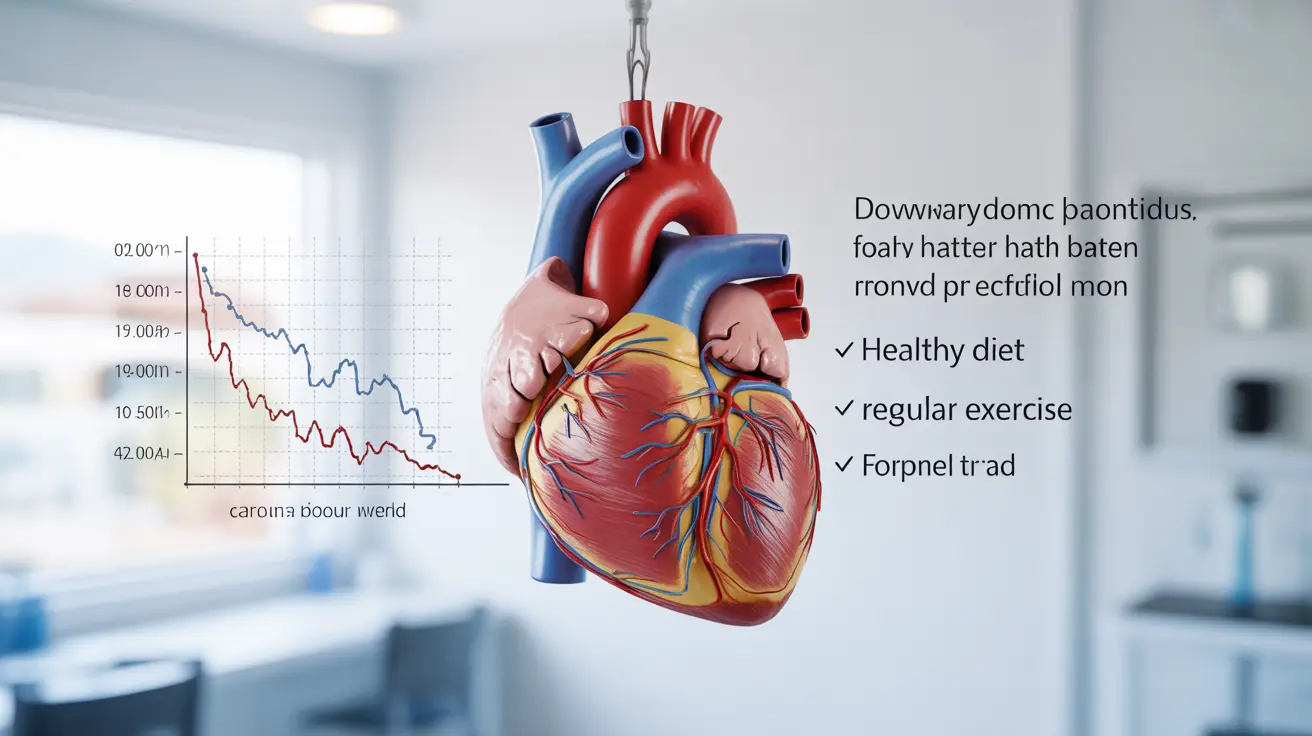Heart attack rates have undergone significant changes in recent decades, marking both encouraging progress and revealing new challenges in cardiovascular health. Understanding these trends is crucial for healthcare providers and individuals alike, as it helps inform prevention strategies and treatment approaches.
This comprehensive look at heart attack rates examines the dramatic improvements in survival rates, evolving risk factors, and the complex relationship between different types of heart disease in modern medicine.
The Declining Heart Attack Death Rate
Since 1970, the United States has witnessed a remarkable decrease in heart attack mortality. This improvement can be attributed to several key factors:
- Advances in emergency response systems
- Development of more effective medications
- Implementation of specialized cardiac care units
- Improved surgical techniques
- Better public awareness of heart attack symptoms
These developments have fundamentally changed how heart attacks are treated and prevented, leading to significantly better outcomes for patients.
Modern Survival Rates and Treatment Advances
The landscape of heart attack survival has transformed dramatically in recent decades. Modern medical facilities now achieve survival rates exceeding 90% for patients who reach the hospital alive. This improvement stems from:
- Rapid intervention protocols
- Advanced cardiac imaging technology
- New medication strategies
- Minimally invasive surgical procedures
- Enhanced rehabilitation programs
Current Risk Factors and Their Impact
Despite progress in treatment, certain risk factors continue to influence heart attack rates significantly:
Modifiable Risk Factors
- High blood pressure
- Smoking
- Physical inactivity
- Poor diet
- Obesity
- Diabetes
Non-Modifiable Risk Factors
- Age
- Gender
- Family history
- Genetic predisposition
The Paradox of Heart Disease Trends
While heart attack deaths have decreased, other cardiovascular conditions like heart failure are becoming more prevalent. This paradox can be explained by several factors:
- Increased survival of initial heart attacks
- Aging population
- Rising obesity rates
- Better detection of heart conditions
- Long-term effects of cardiovascular risk factors
Prevention Strategies and Lifestyle Modifications
Reducing heart attack rates requires a comprehensive approach to prevention:
Individual Level Changes
- Regular physical activity
- Heart-healthy diet
- Stress management
- Regular medical check-ups
- Medication adherence when prescribed
Population Level Initiatives
- Public health education
- Smoking cessation programs
- Workplace wellness programs
- Community fitness initiatives
Frequently Asked Questions
What has caused the heart attack death rate in the United States to decline so dramatically since 1970?
The dramatic decline in heart attack death rates since 1970 is attributed to improved emergency response systems, advanced medical treatments, better preventive care, and increased public awareness of heart attack symptoms. The development of specialized cardiac care units and new medications has also played a crucial role.
How have survival rates after a heart attack improved in recent decades?
Survival rates have improved significantly due to faster emergency response times, advanced treatment protocols, better medications, and improved surgical techniques. Additionally, the development of specialized cardiac care units and rehabilitation programs has enhanced recovery outcomes.
What risk factors currently contribute most to heart disease and how do they affect heart attack rates?
The primary risk factors affecting heart attack rates include high blood pressure, smoking, physical inactivity, poor diet, obesity, and diabetes. These factors, combined with non-modifiable risks like age and genetics, significantly influence heart attack occurrence rates.
Why are deaths from other heart conditions like heart failure increasing even as heart attack deaths fall?
This trend is largely due to improved survival of initial heart attacks, leading to more people living with damaged heart tissue. Additionally, an aging population and increasing rates of obesity and diabetes contribute to rising heart failure cases.
What lifestyle changes can help prevent a heart attack and lower the overall heart attack rate?
Key preventive lifestyle changes include maintaining regular physical activity, following a heart-healthy diet, managing stress, quitting smoking, limiting alcohol consumption, and keeping up with regular medical check-ups. These changes, combined with proper medication management when prescribed, can significantly reduce heart attack risk.




